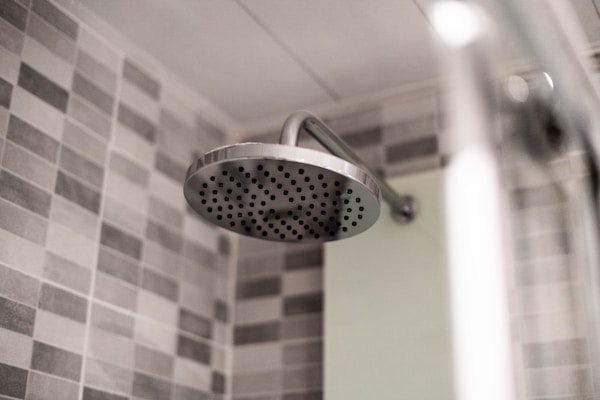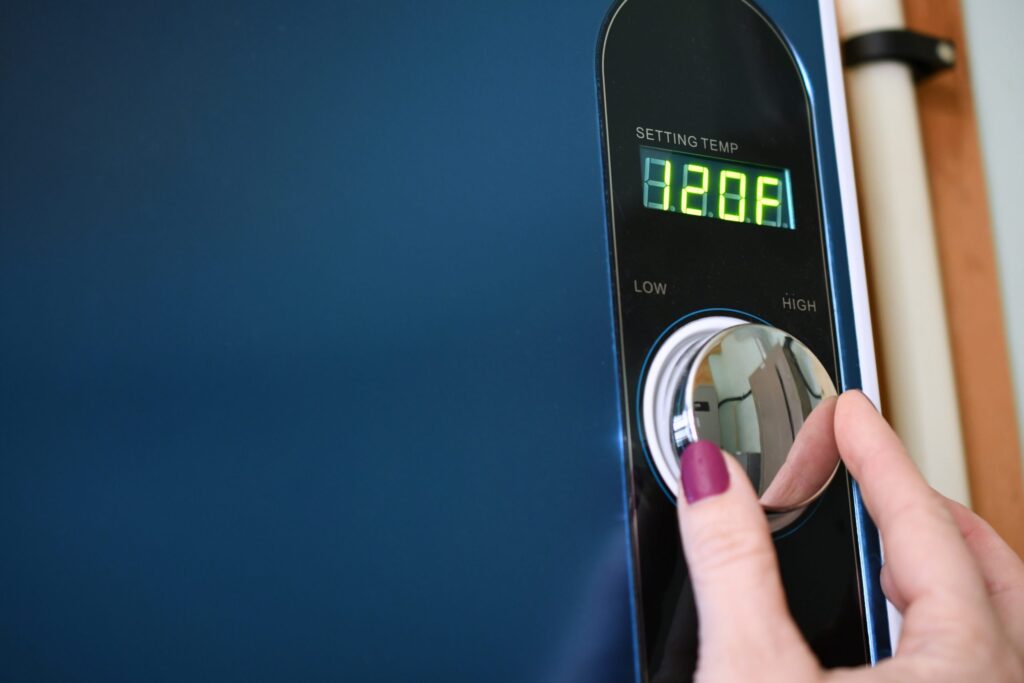If you’re unfamiliar, a tankless water heater is a device that heats water on demand, as opposed to storing heated water in a tank. Tankless water heaters are typically more energy efficient than traditional tank water heaters and are available in both gas and electric models. Because tankless water heaters only heat water when it is needed, they can save you a significant amount of money on your water heating bill. Your water heater needs to be maintained properly to remain in good working order, but even a well-cared-for water heater can experience issues sometimes. If you’re in need of advice, keep reading to find out how to troubleshoot a tankless water heater.
How can you troubleshoot a tankless water heater?

Tankless water heaters are a relatively new technology that is becoming more popular every day. They have many advantages over traditional tank-style water heaters, but they can also be more difficult to troubleshoot when they go wrong. The first step is to identify the problem. Is the water heater not producing any hot water at all? Is there not enough pressure? Once you have identified the problem, you can start troubleshooting. A quick search for “troubleshoot tankless water heater” should also help you find technicians in your area that can assist with repairs.
One common issue that can occur is low water pressure, often caused by a clogged inlet screen or incorrect installation. If you’re experiencing low water pressure with your tankless water heater, the first thing you should do is check the water supply. If the pressure is too low, you may need to install a booster pump or increase the size of your piping. You can also try cleaning the inlet screen on the unit if it’s clogged.
You should also check the burners and heat exchangers on a tankless water heater to ensure they are clean and free of debris. Burners that are clogged will not allow the gas to ignite properly, which could result in a dangerous situation. The heat exchanger can become blocked if there is debris inside the unit, which will prevent the hot water from being distributed properly. If none of these fixes resolves the issue, call a professional.
What other home repairs should you prioritize?

Your water heater is a critical part of your home’s infrastructure, but it isn’t the only system that is essential to the daily functioning of your home. For example, your HVAC system is typically your first line of defense against poor indoor air quality and it keeps your home comfortable all year round. Your HVAC system needs to be inspected at least once annually and the filter changed on a monthly basis. The average lifespan of an HVAC system is between 10 and 15 years, so if yours is older than that, you may need to think about a replacement.
Another issue homeowners often experience is the presence of air leaks. Cracks and crevices in your windows and doors can let in outdoor air, moisture, and even pests. To prevent these problems, you need to keep your windows in good condition. This means repairing any cracks or crevices and ensuring that the windows are properly sealed. You can also install window insulation to keep the heat or air conditioning in your home. If you notice severe damage, talk to a professional to see if they recommend replacing or repairing your windows.
There’s no doubt that your water heater is an integral part of your home. It is responsible for heating the water that comes into your home, so you can take baths, showers, and wash dishes and clothes. That’s why you need to ensure that yours is always in good shape. If you’re unable to troubleshoot the issue on your own, call a technician so they can repair it right away. Taking care of home maintenance and repairs should be a priority for every homeowner, including other tasks like servicing your HVAC system and repairing flaws in your windows. Follow these tips and you’ll be safe and comfortable whenever you’re at home.





